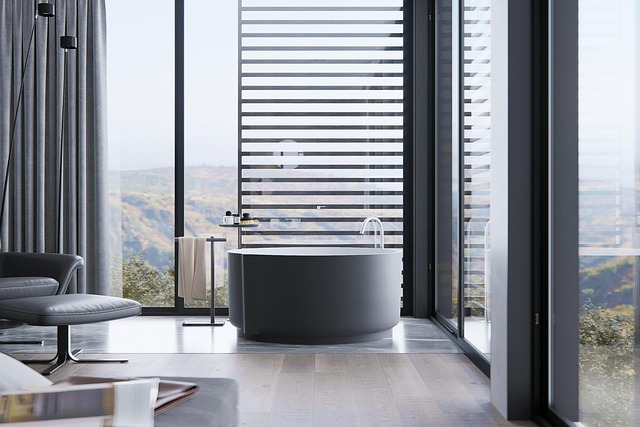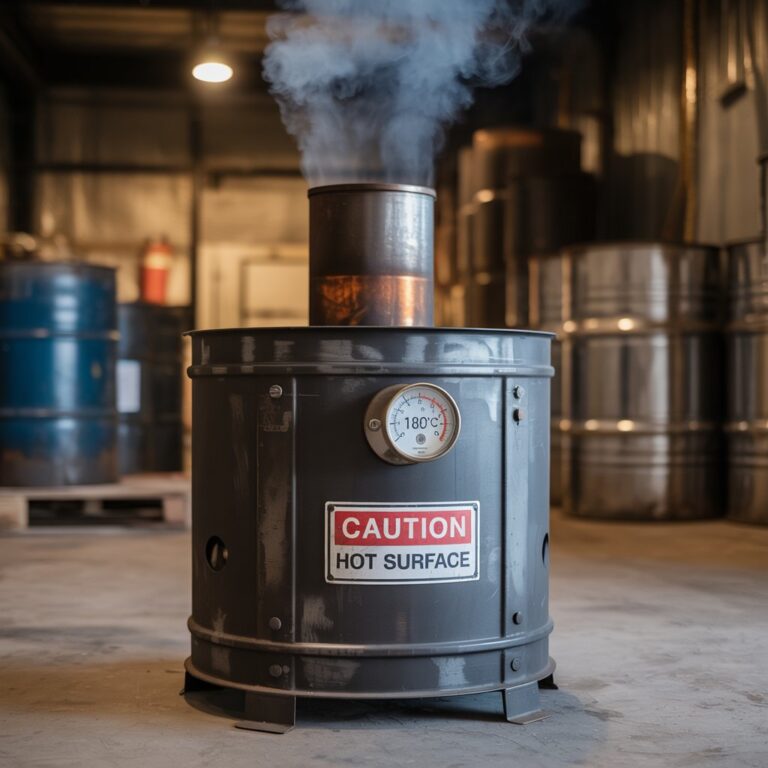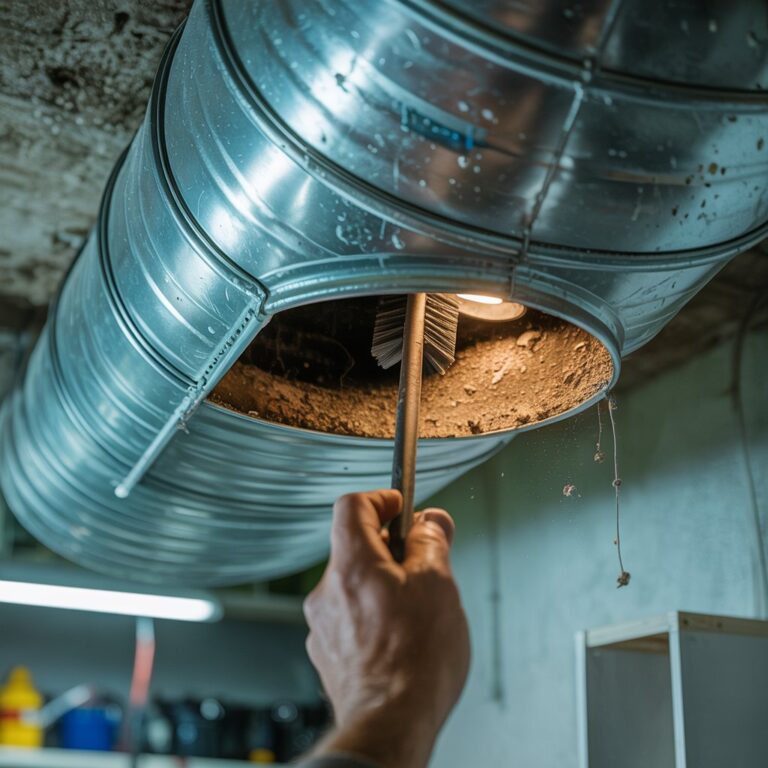It’s no secret that bathrooms are one of the most water and energy-intensive rooms in a house.
When you wash your hands, you use water. When you flush a toilet, you use even more water.
And when you take a standard 10-minute shower? That’s roughly the equivalent of 10-20 toilet flushes.
That’s not even considering the energy used for heating, and if you’re filling a bathtub instead of using a shower, that’s roughly 15-30 toilet flushes.
Now, we’re not telling you not to wash your hands after using the toilet, to hold your bladder for longer, or to skip showers. Those are essential needs, and there’s absolutely nothing wrong with using the toilet more often, washing your hands more thoroughly, or taking longer showers.
However, while you don’t need to cut down on your essential needs in any way, you need to take steps to minimize the environmental impact of your bathroom.
To many homeowners, their bathroom may already seem to be relatively water-efficient, especially if they take shorter showers, have a smaller flush function for small business, turn off the lights when not in use, and practise other mindful habits.
And these are indeed commendable acts of sustainability.
Nonetheless, there are many hidden sources that contribute significantly to resource consumption and emissions, and these are the ones that most homeowners miss out.
That’s why we’re going over the hidden environmental costs of modern bathrooms, so that you know how to spot them — and eliminate them.
1. The Carbon Footprint of Manufacturing
While your flooring tiles, wall tiles, mirror, and the various other elements that don’t use water or heat may not be actively contributing to your carbon footprint, they still do contribute to your carbon footprint.
But how??
They don’t use resources at all, so how could they leave behind any carbon footprint?
The answer is production.
Even for elements that don’t use resources actively, there will inevitably be carbon emissions from producing them.
This includes the manufacturing process, the sourcing of materials for the product, and even the delivery to you.
These are of course inevitable, but there are various ways to cut down on their environmental impact.
For example, ceramic and porcelain tiles require high-temperature kilns, which use fossil fuels and emit large amounts of carbon dioxide.
And when they’re disposed of, they don’t decompose and are rarely recycled, so they end up in landfills.
Instead, if you opt for recycled or reclaimed materials, manufacturing carbon emissions are lower, and when they’re eventually disposed of, they can be recycled again or at least disposed of sustainably.
You can also further reduce the carbon footprint from production by choosing locally made products to reduce transportation emissions, and choosing products with eco labels.
Eco labels or certifications like Greenguard and Cradle to Cradle are very strong indicators of the product’s overall sustainability, including those of its production process.

2. Water Wastage
It’s no surprise that bathrooms use lots of water, usually accounting for more than 50% of your home’s water use. That’s completely normal since you’re relieving yourself, washing your hands, and taking showers and baths there.
The problem is that a large part of this water usage is often unnecessary and can be significantly reduced with smarter choices.
One major source of water usage is the toilet. Older toilets can use up to 7 gallons per flush (GPF). Compare that to modern versions that can cut that down to just 1.28 or even 0.8 GPF, and it should be clear as day how much water is being wasted by outdated, resource-intensive elements.
1.28 GPF is roughly 80% less than 7 GPF. Just imagine using 80% less water each time you flush!
Another very water-intensive water feature is your shower. Regular showerheads use 2.5 gallons per minute (GPM), whereas if you used a WaterSense-certified showerhead, that would be just 1.5-2 GPM, which is at least 20% less water used.
And finally, there’s your water faucet. The average bathroom faucet uses 2.2 GPM. With an aerator, this could be reduced to 1-1.5 GPM. Despite less water coming out, this doesn’t affect hygiene, as aerators mix air with water and maintain enough pressure to effectively rinse dirt and soap off your hands.
All in all, while your existing fixtures may not seem particularly water-intensive, they could be much more water-efficient. Remember — wasting water also means wasting energy, since water requires energy to be treated and delivered to your home. So by reducing water use, you’re lowering your energy consumption — and with it, your carbon footprint.
3. Bathroom Cleaners With Harsh Chemicals
This may sound surprising, but even cleaning your bathroom can harm the environment. This time though, it’s not just from the production of the bathroom cleaners, but also the cleaning solution itself.
Bathroom cleaners often contain harsh chemicals like ammonia, bleach, and phosphates. When you use them to wash your bathroom or dispose of them, they go into sewage systems.
Water from sewage systems does actually go through wastewater treatment plants, which remove many contaminants, but not all of them. Some of these chemicals still get through these treatment plants and reach the rivers, lakes, and oceans.
From here, they harm aquatic life in a number of ways.
Ammonia damages fish gills, affects their reproduction, and disrupts their growth and behavior.
Phosphates are nutrients, but too much will cause algae to overgrow, resulting in algal blooms that create dead zones when they decay.
And bleach releases chlorine, which kills beneficial bacteria, plankton, and various other small organisms that form the base of aquatic food chains. By killing these food sources, chlorine indirectly kills other aquatic life.
The good news is, it isn’t too hard to stop these from happening. All you need to do is opt for eco-friendly cleaning brands or use DIY solutions instead, like vinegar, baking soda, and castile soap.
To find eco-friendly cleaning brands, once again, simply look for eco labels or certifications like Greenguard and Cradle to Cradle.
Creating a Truly Eco-Friendly Bathroom
People nowadays are increasingly prioritizing eco-friendliness, but the problem is that if you don’t even know where your bathroom is hurting Mother Earth, you won’t be able to remedy it.
Thankfully, you’re here, so you should now be aware of the various hidden ways that your bathroom is harming the environment, and what to do about them.
Moving forward, if you’re ready to take serious action and truly minimize your bathroom’s environmental impact, consider embarking on a full eco-friendly bathroom remodeling project. Make every part of your bathroom as environmentally healthy as possible — the tiles, the countertops, the lighting, and even the paints and sealants.
Or if you’re not ready to commit so much in the name of Mother Earth yet, it’s also perfectly fine to start small. Add an aerator to your faucet, DIY your own cleaning solution, or opt for a bamboo toothbrush.
Every little bit counts, and every step is a step toward sustainability.




